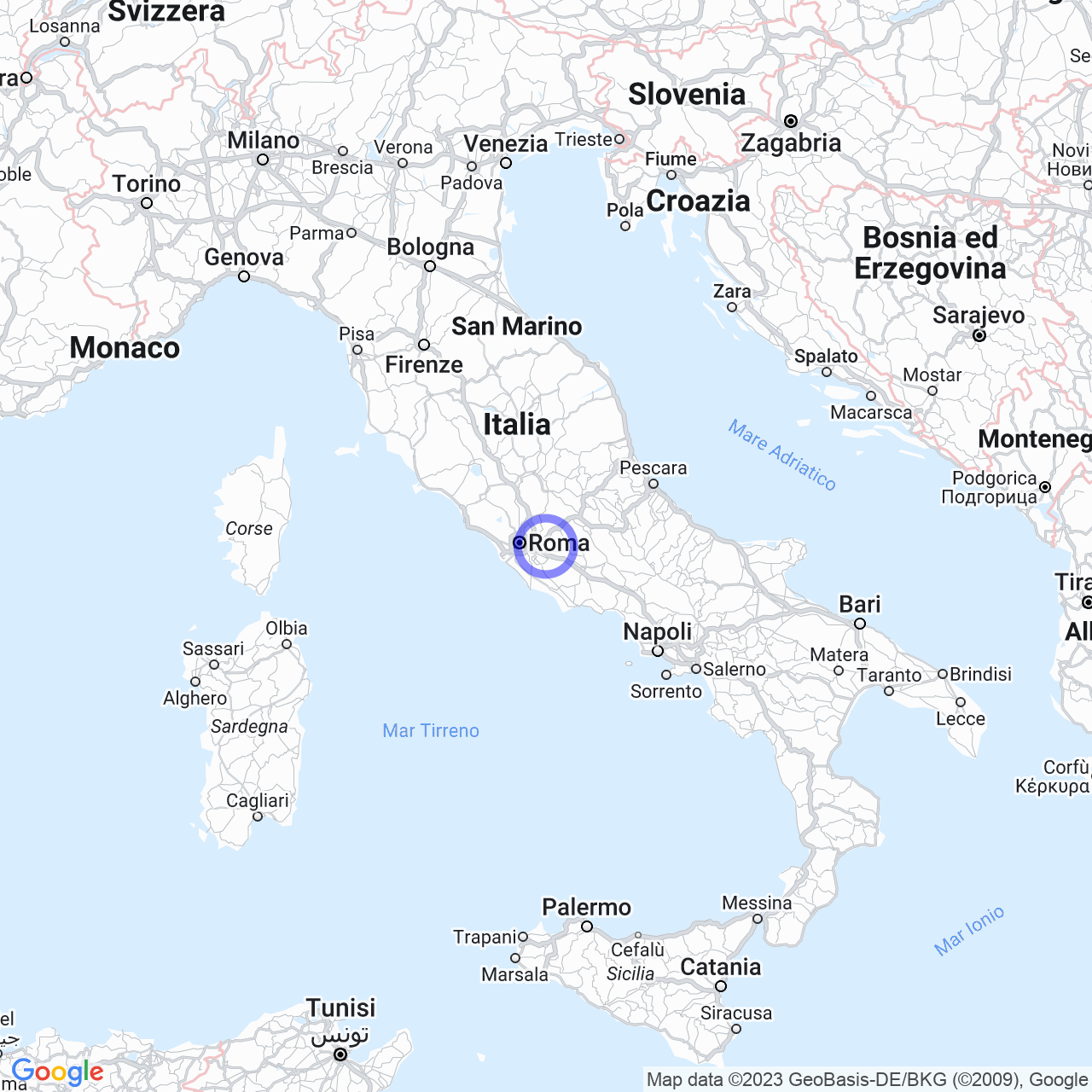Gallicano nel Lazio
Discovering Gallicano nel Lazio
Gallicano nel Lazio is a small town located a few kilometers east of Rome. The town has a very ancient history and many curiosities to discover. In this article, we will tell you all about this city.
Physical Geography

Territory
Gallicano nel Lazio is located 241 meters above sea level, at the foot of the Prenestini Mountains. The town has a hilly territory and its location offers a spectacular view of the Tiber Valley.
Climate
The climate is classified as zone D, with 1659 GR/G. In summer, temperatures can exceed 30°C, but evenings are cool and pleasant.
Origins of the name
The name Gallicano nel Lazio derives from the Latin personal name "Gallicanus", with various attestations in the Middle Ages. It is a toponym of predial origin, dating back to the name of an ancient landowner.
History
Gallicano nel Lazio has a very ancient history that dates back to Roman times. The town was near the ancient "Pedum", although not all scholars agree on its exact location.
The first written mention of the Castle of Gallicano dates back to 984 when Giovanni and Crescenzio, princes, donated the church of San Benedetto to the inhabitants of "Castrum Gallicani". Later, the castle came under the control of the Benedictine monks of Subiaco, who fortified it and built a parish church dedicated to Saint Andrew the Apostle.
Over the centuries, the Castle passed from hand to hand. The Colonna family ruled over Gallicano for several centuries, until their definitive loss of power in 1622.
The town has undergone many historical events, including the siege by the Borgia family in 1501 and the destruction of the Castle in 1526 during the struggles between the Colonna family and the Pope of the time, Clement VII.
The dynasty of the Colonna family rebuilt the castle, and today the Rocca is called Palazzo Baronale. The Colonna family's passage is still remembered today by the presence of their coat of arms on the north door of the village, known as "Santo Salvatore."
Things to see in Gallicano nel Lazio
Gallicano nel Lazio has numerous points of interest to visit. One of the most important monuments is the church of Saint Andrew the Apostle, built by the Benedictine monks of Subiaco in the 12th century. The church has undergone numerous renovations over the centuries, and today it houses some works of art of great historical and artistic value.
In addition, in Gallicano nel Lazio, it is possible to visit the Palazzo Baronale, built in the 16th century on the ruins of the Castle of Gallicano. The palace has been restored and now houses a museum of contemporary art.
Finally, one cannot fail to mention the monastery of Santa Maria, located on the hill adjacent to the Castle of Gallicano. The building dates back to the 13th century and, with transport service until the mid-18th century, hosted dozens of Benedictine monks.
Events and Traditions
Gallicano nel Lazio has several important events that animate the life of the town during the year. Among these, the Artichoke Festival, which takes place every spring, and the patronal feast of Saint Andrew the Apostle, celebrated on November 30, deserve a mention.
The Artichoke Festival, now in its 57th edition, is an unmissable appointment for lovers of good food. During the event, you can taste dishes based on the artichoke, a typical local product, accompanied by high-quality wines.
The patronal feast of Saint Andrew the Apostle, on the other hand, is a religious event celebrated every year on November 30. On this day, the community gathers in church to attend mass and celebrate the patron saint.
Conclusions
Gallicano nel Lazio is a place to visit absolutely, both for the beauty of the landscape and for its rich history and culture. Don't miss the church of Saint Andrew the Apostle, the Palazzo Baronale, and the monastery of Santa Maria. But the town is also famous for the events that take place during the year, including the Artichoke Festival and the Feast of Saint Andrew the Apostle. If you pass by here, don't hesitate to stop and discover all the wonders that this beautiful city offers!
